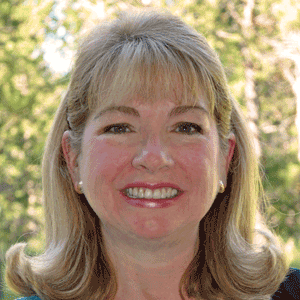Each Saturday and Sunday from March through October, as many as 15,000 people visit the Vancouver Farmers Market, where 150 market stalls overflow with local produce, food products and handicrafts. Amid a festival atmosphere, customers connect with local farmers and artisans, enjoy the outdoors and purchase healthy, locally grown food.
Residents enjoy a similar experience at farmers markets in Battle Ground, Camas, La Center, Ridgefield and Salmon Creek. Although schedules and products vary, every market supports community health while providing local farmers and business owners an opportunity to grow their market base.
Ann Foster, manager of the Salmon Creek Farmers Market, said consumer demand for farmers markets is stronger than ever.
“The trend reflects an increasing interest in knowing what grows locally, growing your own food or finding your food hub,” Foster said.
Jordan Boldt, executive director of the Vancouver Farmers Market, agreed.
“When Vancouver Farmers Market opened in 1990, it was the only market in Vancouver and the third in the greater Vancouver-Portland area. Today, there are seven markets in Clark County and 40 or 50 markets in the metro area.”
Local growth parallels a national trend: the USDA reports the number of markets across the United States grew from 1,755 markets in 1994 to nearly 8,200 last year.
Foster noted that farmers markets often serve as business incubators where farmers and food producers meet customers and establish a client base.
“For a four-hour investment, the farmers market is the cheapest advertising a farmer or local food producer can do,” Foster said.
Boldt is amazed by the opportunities that have opened up for farmers over the last 25 years.
“Today, farmers start at farmers markets, then end up with Community Supported Agriculture (CSA) businesses, a neighborhood co-op, or selling to restaurants and hotels,” he said.
Carrie Schulstad, board treasurer of the Camas Farmers Market and executive director of the Downtown Camas Association, has seen a similar trend.
“Several of our farmers have gone from little operations to larger operations, bringing in hoop and green houses, growing greater variety and producing for longer seasons. It is win-win all the way around.”
One of the fastest growing income sources for farmers markets has come from SNAP, the Supplemental Nutrition Assistance Program, formerly known as food stamps. Markets in Camas, Salmon Creek and Vancouver began accepting SNAP in 2009. They also accept benefits from the Women, Infants and Children and Senior Nutrition Assistance Programs. Eric Tworivers, manager of Battle Ground Farmers Market, is hoping for approval to accept SNAP beginning later this summer.
According to Schulstad, SNAP revenue increased 94 percent in 2012 and an additional 19 percent in 2013 in Camas. Foster said income from SNAP grew 65 percent at the Salmon Creek market compared with overall market growth of 15 to 20 percent last year. At the Vancouver market, Boldt said SNAP contributed nearly $54,000 in 2013.
Clark County Public Health, Kaiser Permanente, New Seasons Market and Washington State University Extension collaborate with farmers markets to educate benefit recipients about using SNAP dollars. A key strategy is Fresh Match, a program that doubles the first $5 in SNAP benefits spent at each farmers market visit. The program directs federal dollars to local food producers and helps vulnerable populations consume more fresh and local produce. Funding for Fresh Match comes from a variety of sources, including private donations.
Boldt hopes to change the perception that farmers markets are singular events.
“Farmers Markets are not events: we are shopping destinations. In 2012, vendors at Vancouver Farmers Market easily made from $2.5 to $4 million in sales. That makes us one of the biggest retailers in downtown Vancouver,” he said.
Customers attending farmers markets also benefit nearby businesses. Chris Curtis, executive director of the Neighborhood Farmers Market Alliance in Seattle, referenced a dollar-to-dollar match in what customers spend at some markets and what they spend at neighboring businesses.
Boldt agrees: “We help bring thousands of people into the city each week. I think farmers markets are an incredible resource to engage people, not just with local food, but with all the local businesses and the community that surrounds them.”
To find out more about local farmers markets, locations and schedules, visit healthyherenow.org.
Cyndie Meyer is the Clark County Public Health chronic disease prevention program manager.


